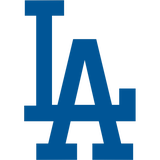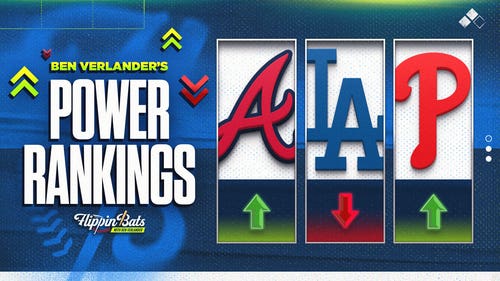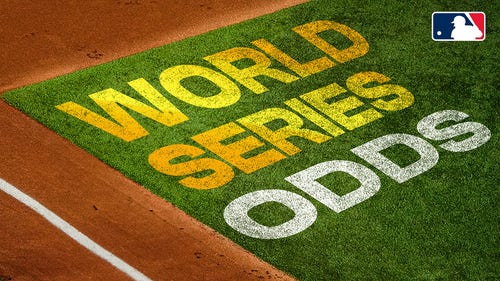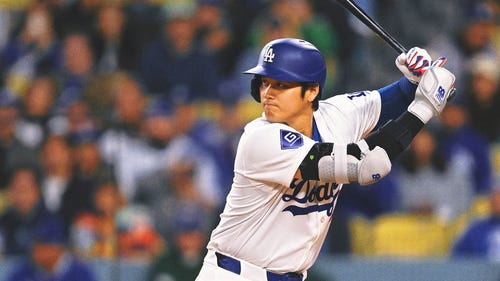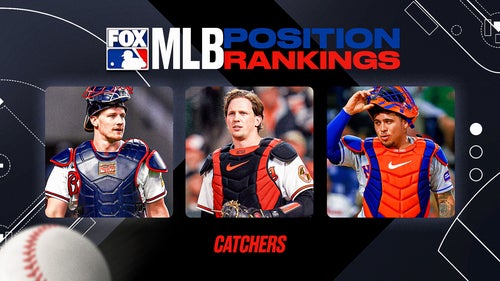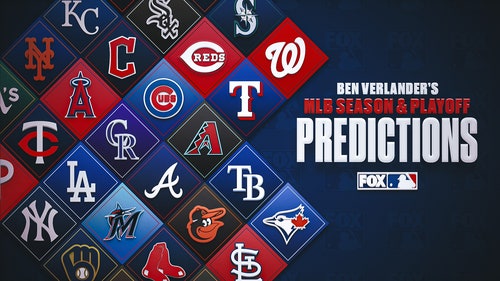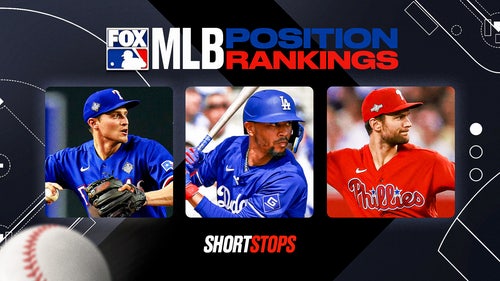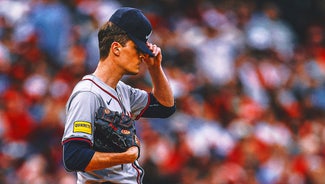
Will MLB's trade deadline see bold moves — or expose baseball's future-first thinking?

Major League Baseball now has one and only one trade deadline, and it is racing up upon us. July 31 is THE date for player movement, with the old Aug. 31 second deadline that featured players going through waivers having been sent the way of the legal spitball and consigned to history.
In an ideal world, with 17 teams in the 30-team league having winning records and as many as 20 legitimately vying for 10 playoff spots, it could inspire a flurry of general manager deal-making and significant movement across the majors as everyone tries to go for the gold.
In a more realistic one, it could promote more safety-first thinking from GMs who crave stability over an all-or-nothing shot at one-time glory.
“Now, general managers and executives would prefer hoarding prospects and thumping their chest for being on the cover of Baseball America, rather than trading away a prospect who turns into an All-Star, no matter the instant reward,” wrote Bob Nightengale in USA TODAY.
“They’re afraid of being Theo Epstein, the Chicago Cubs president who acquired All-Star closer Aroldis Chapman from the New York Yankees to win the 2016 World Series, even though it cost them 2019 All-Star infielder Gleyber Torres.”
This is not the NBA, where money simply acts as a lubricant for extensive player movement and where every team, however bad, feels they are just a couple of moves away from being a contender, provided they can catch the eye of the right disgruntled free agent.
Baseball is much the mirror opposite of the NBA in this regard. Free agent movement in MLB’s offseason was stagnant, to say the least. Megastar Bryce Harper didn’t sign his $330 million deal with the Philadelphia Phillies until spring training was underway, whereas in the NBA, a handful of the game’s biggest stars changed teams literally the minute that the free-agency window opened.
From a trade perspective, there were 73 trades in baseball in 2018 — 45 by July 31 and 28 in August. Manny Machado being traded to the Dodgers was the headliner, but Nathan Eovaldi going to the Red Sox turned out to be the difference that allowed Boston to beat L.A. to win the World Series. The vast majority of last year’s trades were for lesser names to fill strategic roles.
While such trades can have a seismic impact in baseball, there is more reticence to make them happen. Few teams have the appetite for blowing things up completely if they don’t have to, and prioritize stability over high-risk, high-reward trades, even if it reduces the chances of winning it all.
In the Dodgers’ case, Machado did help lead them to a second straight World Series appearance. But he then bolted for the San Diego Padres in free agency. The Orioles got five Dodgers prospects in the trade, and four of them are now ranked among the best in the Baltimore organization – potentially a repeat of the Cubs-Yankees cautionary tale three seasons earlier.
San Francisco Giants pitchers Madison Bumgarner and Will Smith are two of the biggest names potentially on the block over the next couple of weeks, yet things have been complicated by the Giants going on a sterling run of form that no one quite saw coming.
It is possible to get your fanbase to live with shipping off a franchise legend or a red-hot fireballer if the campaign is doomed. It is much harder to do so if you’re only 4.5 games out, even if climbing into the postseason positions is, at best, still a long shot.
Which is another part of the problem. Having so many teams theoretically in the race for October baseball means that there could be fewer sellers – and certainly less teams willing to offload at anything other than a steep price.
“July 31 does weird things to teams,” wrote ESPN’s Jeff Passan. “Delusions of grandeur intersect with agonies of defeat. Arbitrage opportunities abound. Talks live. They die. They're resuscitated. They die again. They get mouth-to-mouth — or text-to-text — and die one more time.
“It's frustrating but also edifying and intriguing. Unlike the dopamine rush of the NBA, in which the stars leverage their destinations and essentially hand-pick their teams, baseball is a never-ending puzzle.”
It is a puzzle that baseball front offices live through every day, but most of all on these particular days leading up to the trade deadline. It is about more than deals and deliberations, at the core of it is a decision that forces them to pick whether their club is a “somebody” or a “nobody” in the league.
All while knowing that the same fans who may curse them for too much caution in this window of time would be the first to criticize the sacrificing of too many gilt-edged prospects and the torpedoing of the team’s mid-range future if the shot at the World Series falls flat.
Ultimately, while fortune still favors the brave GM, that boldness also has the ability to put him on the hot seat. The next two weeks will tell us who feels that is a risk worth taking.
